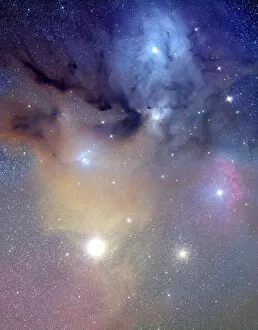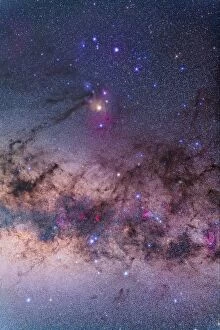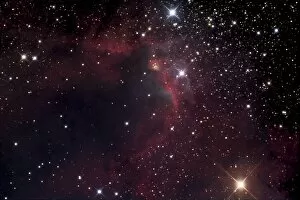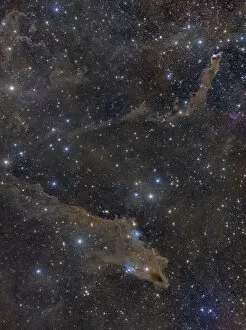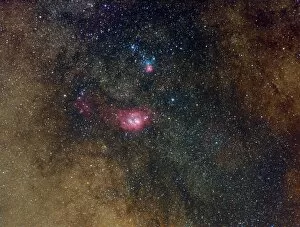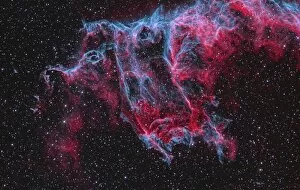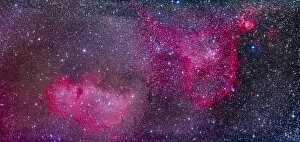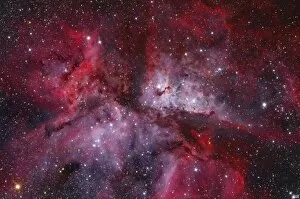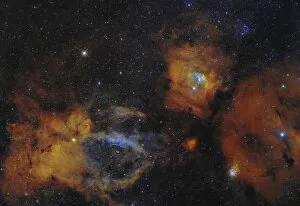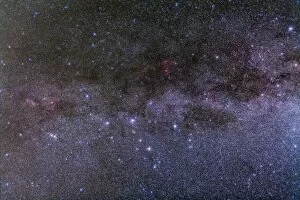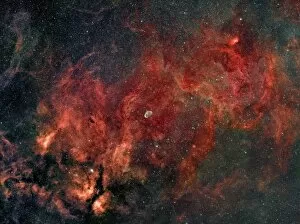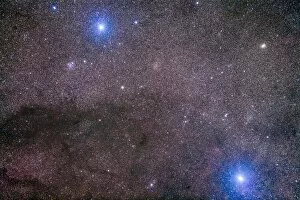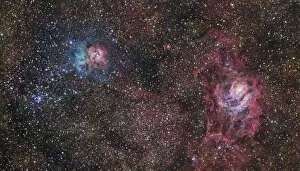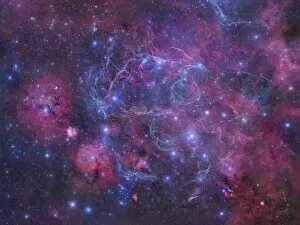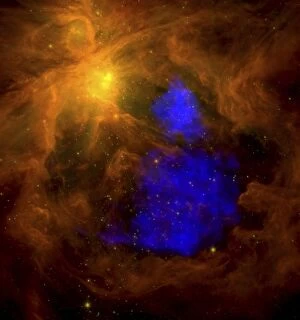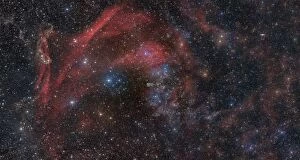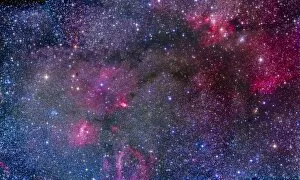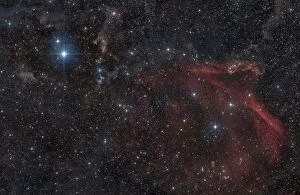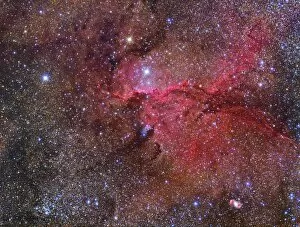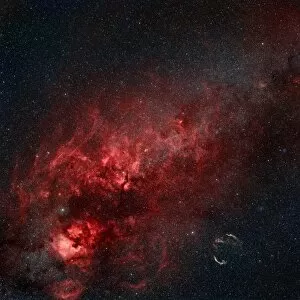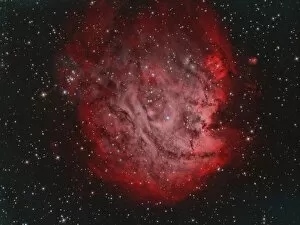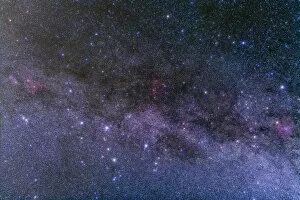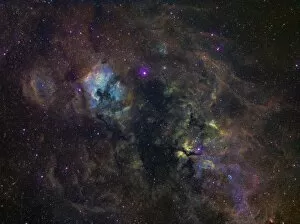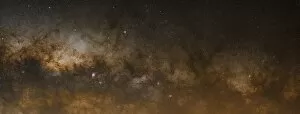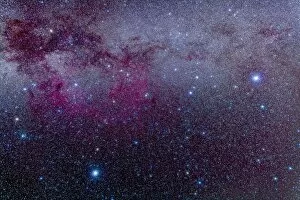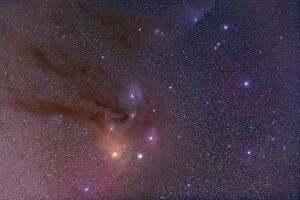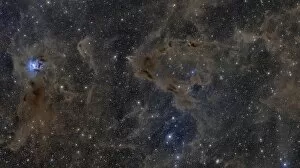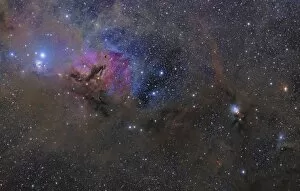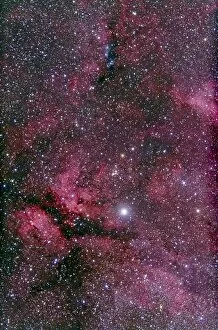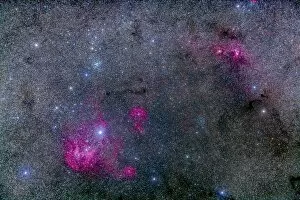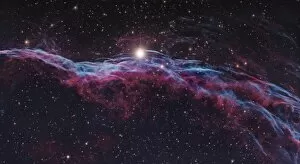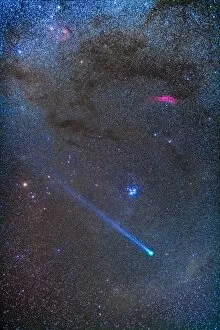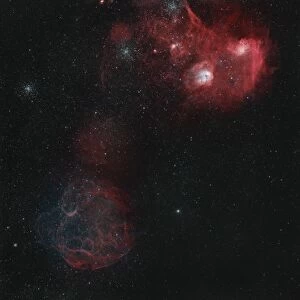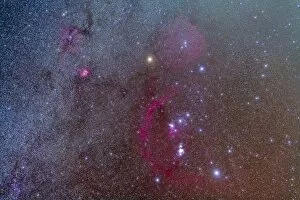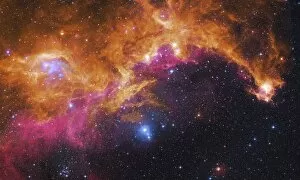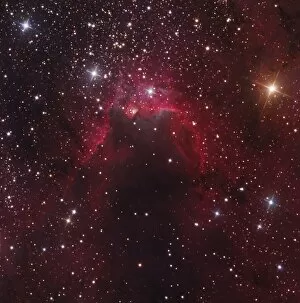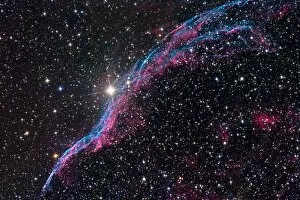Nebulosity Collection (#2)
Nebulosity, a captivating phenomenon that unveils the celestial wonders of our universe
For sale as Licensed Images
Choose your image, Select your licence and Download the media
Nebulosity, a captivating phenomenon that unveils the celestial wonders of our universe. From the mesmerizing Orion Nebula to the enchanting Ring Nebula M57, these cosmic spectacles leave us in awe. The Hubble image C017/3725 reveals intricate details within nebulosity, showcasing its ethereal beauty. In the vastness of space, we encounter the Pleiades star cluster adorned with delicate nebulosity surrounding it. Merope star and its nebulous companion create a breathtaking sight that ignites our imagination. The Large Magellanic Cloud presents an astonishing display of nebulosity, painting the night sky with vibrant hues and mysterious shapes. Within this celestial canvas lies NGC 3324 or Gabriela Mistral Nebula, a stellar masterpiece nestled in its constellation. IC 2177, known as the Seagull Nebula, soars through space with grace and elegance. Its billowing clouds resemble wings unfurling against a backdrop of stars. Auriga welcomes us to witness The Pinwheel Cluster and Starfish Cluster amidst their shimmering surroundings of nebulosity. These clusters shine like celestial jewels embedded in an ever-expanding tapestry of cosmic mist. At the heart of Vela lies the Vela supernova remnant within the Gum Nebula area—a testament to nature's explosive power and enduring beauty. It reminds us that even destruction can give birth to new beginnings. The Fox Fur Nebula captivates observers with its wispy tendrils resembling fur cascading across interstellar space—an enigmatic spectacle waiting to be unraveled by curious minds. Lastly, we delve into Carina Nebula or NGC 3372—an astronomical marvel bursting forth with radiant colors and intricate structures. This nebulous wonderland beckons stargazers on an unforgettable journey through time and space.

